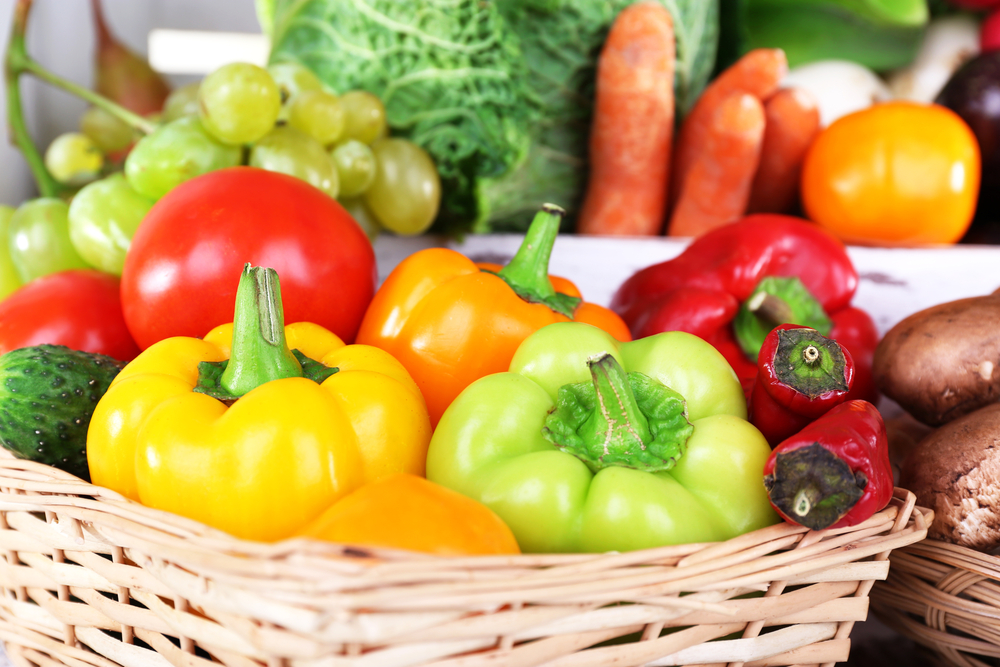SALT AWARENESS WEEK

National Salt Awareness Week runs from March 20th – 26th. Why not make this the year you reduce your intake for better health.
Here are four easy ways to cut back:
- Add less salt to cooking and at the table
- Be a label watcher: check front of pack colour coded labels for salt content (red=high, amber=medium and green=low)
- When eating out ask for low-salt options
- Cook from scratch and cut down on ready meals and takeaways, which can have a high salt content
To find out more: visit www.actiononsalt.org.uk
THUMBS UP FOR VITAMIN D

The benefits of vitamin D for bone health are well known. It now seems that a daily dose of the sunshine vitamin could also help prevent more than three million of us falling ill with a respiratory infection each year according to a recent study published by the British Medical Journal.[1]
While food such as oily fish and eggs contain small amounts of vitamin D, most of our intake is through the action of sunlight on our skin. The sun, however, is too low in the sky during the winter months to be of any benefit making supplementation even more important.
TIP OF THE MONTH: MAKE IT TEN

Upping your ‘5-a-day’ to ‘10-a-day’ could lower your risk of heart disease, stroke, cancer as well as premature death according to a recent study from Imperial College London. The message is simple: piling your plate with different coloured vegetables and raiding the fruit bowl as often as you can increases your chances of living a long and healthy life. [2]
[1] Vitamin D supplementation to prevent acute respiratory tract infections: systematic review and meta-analysis of individual participant data. BMJ 2017;356:i6583. https://www.bmj.com/content/356 /bmj.i6583
[2] Aune D, Giovannucci E, Boffetta P, et al. Fruit and vegetable intake and the risk of cardiovascular disease, total cancer and all-cause mortality–a systematic review and dose-response meta-analysis of prospective studies. International Journal of Epidemiology. Published online February 22 2017




















